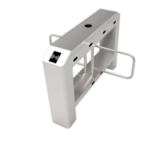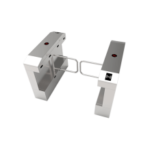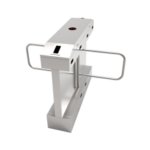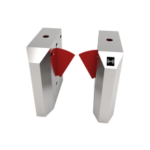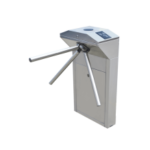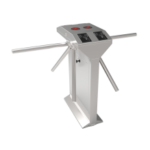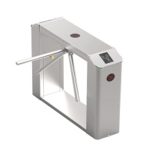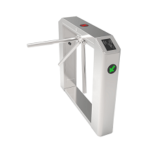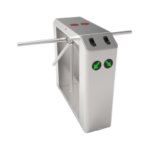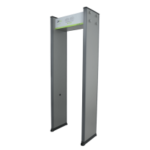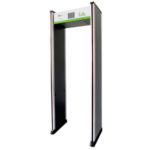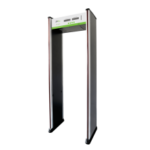Entrance control systems are electronic security systems designed to regulate access to buildings, facilities, or other restricted areas. These systems are crucial in maintaining the safety and security of people and assets within a given space. Entrance control systems can vary in complexity, from simple key card or badge readers to more advanced biometric scanners that use fingerprint or facial recognition technology.
Pedestrian access control systems enable a controlled and secure access of people to areas defined by the operators. They can be used for access control at entrances to office and administrative buildings, industrial installations, banks, authorities and many other places.
Pedestrian
Vehicle Parking Barrier
Inspection Metal Detector
Entrance Control
These systems not only control access to buildings or rooms, but also track the movement of individuals within a facility. This provides an added layer of security and helps to prevent unauthorized access or suspicious activity. Entrance control systems can be customized to fit the specific needs of an organization and are an essential tool for maintaining a secure environment.
Entrance control systems refer to security measures used to monitor and control access to a building or specific area. These systems are designed to enhance security by ensuring that only authorized personnel are granted access to restricted areas. Entrance control systems typically incorporate a variety of technologies, including electronic card readers, biometric scanners, and surveillance cameras, to ensure that only those with the proper credentials are allowed to enter.
The systems can also be programmed to restrict access during specific times or to specific individuals, providing an additional layer of security. These systems are commonly used in high-security environments, such as government buildings, research facilities, and data centers, but they can also be found in commercial buildings, educational institutions, and healthcare facilities.
